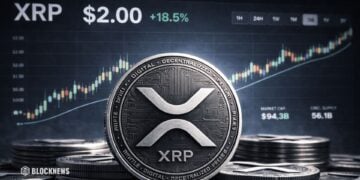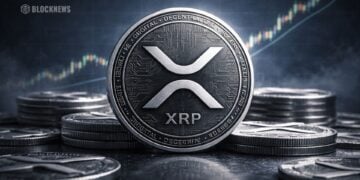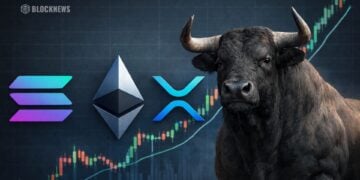- Neon EVM allows Ethereum applications to be deployed onto the Solana blockchain, creating a new cost-effective, high-performance environment for dApps.
- By leveraging Solana’s Layer 1 technology, Neon EVM introduces a Layer 2 solution that offers significantly reduced transaction costs.
- Initial tests reveal that Neon EVM outperforms existing Ethereum L2 scaling solutions in terms of speed and cost, making it the fastest EVM currently available.
Blockchain innovation has taken a significant leap forward with the recent launch of the Neon Ethereum Virtual Machine (EVM) by Neon Labs. This groundbreaking solution empowers developers to deploy Ethereum applications onto the Solana blockchain, combining the sophisticated development environment of Ethereum with Solana’s high throughput and cost-effectiveness. In essence, Neon EVM facilitates an efficient bridge between Ethereum and Solana, promising to reshape the blockchain landscape.
Neon EVM, as the name suggests, is an Ethereum Virtual Machine that integrates with Solana’s high-speed blockchain technology. The uniqueness of the Neon EVM lies in its ability to deploy EVM code on Solana – a first of its kind capability. As a result, Ethereum’s decentralized applications (dApps) can now be processed on Solana’s robust infrastructure, ensuring reduced operational costs and increased efficiency. With only minor code modifications needed, Ethereum dApps can take full advantage of Solana’s superior technical capacity, hence opening up new possibilities for dApp developers.
Redefining Cost-Efficiency with Layer 2 Solution
Typically, ensuring cost-efficiency for Ethereum Virtual Machine dApps required the use of rollups or sidechains, but the arrival of Neon EVM on Solana introduces a Layer 2 alternative that significantly reduces transaction costs. Solana’s average transaction fee is just 0.00001 SOL (about $0.0002) per transaction, which is a staggering 10,000x lower than traditional Ethereum transaction costs. This represents a transformational change in the blockchain industry and signals a new era of cost-effective, high-performance blockchain solutions.
Additionally, Neon EVM’s performance and efficiency have been demonstrated through successful Devnet tests, which only adds to the excitement and anticipation surrounding this innovation.
Opening New Doors: Accessibility and Ecosystem Opportunities
In the blockchain space, developers often find themselves tied to one or other of the major blockchains, unable to access users on the neighboring ecosystem. Neon EVM overcomes this barrier by providing dApp builders an opportunity to scale existing Ethereum dApps using Solana as the L1 settlement layer. Not only does Neon EVM enable the migration of tokens traditionally tied to the native L1, but it also paves the way for Ethereum native dApps to access Solana’s user base.
Furthermore, according to initial tests, Neon EVM emerges as the fastest EVM currently available, outperforming existing Ethereum L2 scaling solutions in terms of both speed and cost. This implies that Neon EVM can effectively address the existing challenges associated with transaction speed, cost, and ecosystem access.
By allowing Ethereum applications to leverage the performance capabilities of Solana, it breaks down barriers between these two prominent blockchains and offers developers a robust cross-L1 blockchain development solution. The potential impact of this advancement promises to open new avenues for developers and users alike.














